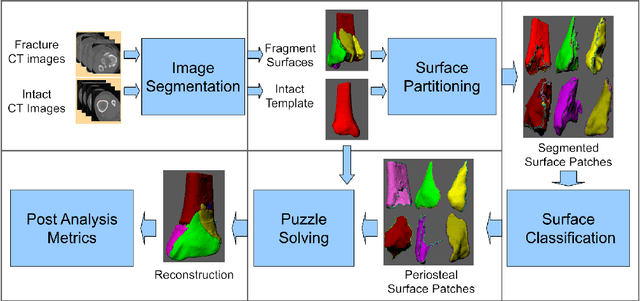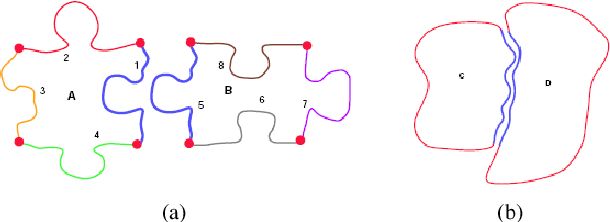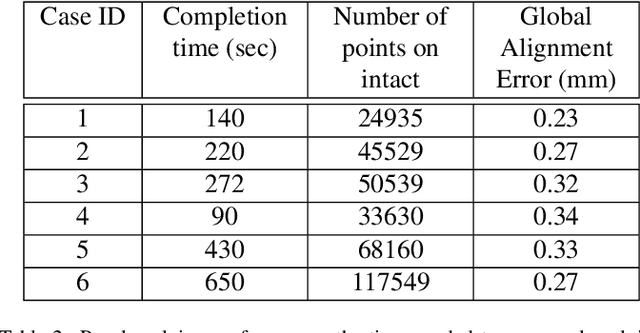Nathan Hewitt
ADG-Pose: Automated Dataset Generation for Real-World Human Pose Estimation
Feb 01, 2022Abstract:Recent advancements in computer vision have seen a rise in the prominence of applications using neural networks to understand human poses. However, while accuracy has been steadily increasing on State-of-the-Art datasets, these datasets often do not address the challenges seen in real-world applications. These challenges are dealing with people distant from the camera, people in crowds, and heavily occluded people. As a result, many real-world applications have trained on data that does not reflect the data present in deployment, leading to significant underperformance. This article presents ADG-Pose, a method for automatically generating datasets for real-world human pose estimation. These datasets can be customized to determine person distances, crowdedness, and occlusion distributions. Models trained with our method are able to perform in the presence of these challenges where those trained on other datasets fail. Using ADG-Pose, end-to-end accuracy for real-world skeleton-based action recognition sees a 20% increase on scenes with moderate distance and occlusion levels, and a 4X increase on distant scenes where other models failed to perform better than random.
A System for 3D Reconstruction Of Comminuted Tibial Plafond Bone Fractures
Feb 23, 2021



Abstract:High energy impacts at joint locations often generate highly fragmented, or comminuted, bone fractures. Current approaches for treatment require physicians to decide how to classify the fracture within a hierarchy fracture severity categories. Each category then provides a best-practice treatment scenario to obtain the best possible prognosis for the patient. This article identifies shortcomings associated with qualitative-only evaluation of fracture severity and provides new quantitative metrics that serve to address these shortcomings. We propose a system to semi-automatically extract quantitative metrics that are major indicators of fracture severity. These include: (i) fracture surface area, i.e., how much surface area was generated when the bone broke apart, and (ii) dispersion, i.e., how far the fragments have rotated and translated from their original anatomic positions. This article describes new computational tools to extract these metrics by computationally reconstructing 3D bone anatomy from CT images with a focus on tibial plafond fracture cases where difficult qualitative fracture severity cases are more prevalent. Reconstruction is accomplished within a single system that integrates several novel algorithms that identify, extract and piece-together fractured fragments in a virtual environment. Doing so provides objective quantitative measures for these fracture severity indicators. The availability of such measures provides new tools for fracture severity assessment which may lead to improved fracture treatment. This paper describes the system, the underlying algorithms and the metrics of the reconstruction results by quantitatively analyzing six clinical tibial plafond fracture cases.
 Add to Chrome
Add to Chrome Add to Firefox
Add to Firefox Add to Edge
Add to Edge